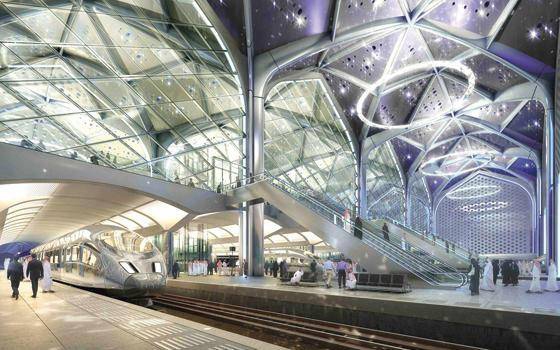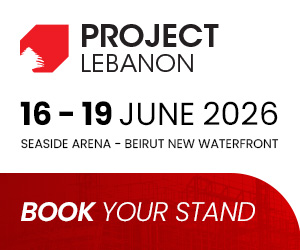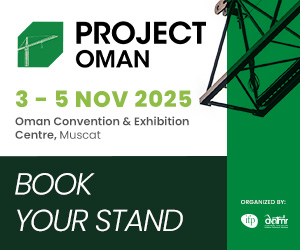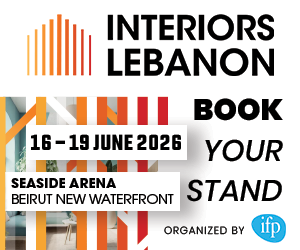More than $1.4 trillion worth of mega projects are currently under execution in the Middle East and North Africa, according to a new report by Citi Research, a unit of financial giant Citigroup. Another $1.1 trillion are either in the very early stages of development or are farther advanced in moving toward the execution phase, the report adds. This translates into a total regional portfolio of projects worth $2.5 trillion in total.
While the projects are distributed across sectors and geographies, the Gulf Cooperation Council dominates – with 87 percent of the total project volume. Saudi Arabia, the region’s largest economy, represents by far the largest MENA market for projects – with a value of $784 billion or 31.3 percent of the entire pipeline.
Perhaps surprisingly, Bahrain has the highest amount of investment relative to Gross Domestic Product (GDP), at 180 percent, followed closely by the United Arab Emirates. Three Maghreb countries, Algeria, Morocco and Tunisia, have the lowest ratio of project values to GDP, at below 20 percent.
Real estate construction projects of various categories, such as master-planned urban developments, mixed and residential mega projects, account for over $1 trillion of the pipeline. Transportation infrastructure developments, ranging from railroads, subways and roads to ports, airports and public transportation, follow with a total value of $512 billion.
The Citi Research report showed real estate as leading the projects pipelines in the UAE, Saudi Arabia and Kuwait. Infrastructure projects dominated in Qatar and Egypt. In Algeria and Oman, the strongest development focus is on oil and gas projects and in Jordan, on power & water.
The report identified Egypt as the MENA country with the fifth-largest value of projects at $143 billion, after Saudi Arabia, the UAE, Qatar, and Kuwait and ahead of Oman’s $127 billion. The collective project pipeline of all “other” countries in MENA represented $229 billion, or 9.1 percent of the total. This appears to entail Bahrain and all countries in the Levant and North Africa, except for Egypt.
The only indication for the cumulative value of projects that Citi Research attributed to Lebanon was a bar showing the country’s projects value as representing less than 50 percent in GDP. This would put the total value of Lebanese projects identified out of the $2.5 trillion MENA pipeline at around $20 billion, less than the report’s charts imply for countries such as Libya and Jordan.
The analysts at Citi Research noted distortional factors that stem from differences between project timelines. They said that “the chunky and long-term nature” of mega community developments in real estate often leads to overstated project values when compared with the actual amounts spent in any given year. Relatively short execution time frames of projects in infrastructure, oil & gas and power & water on the other hand suggest “a relatively higher annual spend.”
Major Saudi megaprojects
Riyadh Metro: Estimated value: $22.5 billion
King Abdullah Economic City (KAEC): Estimated value: $50 billion
Sudair City Development: Estimated value: $40 billion
Landbridge Project: Estimated value: $10 billion
Prince Abdulaziz bin Mousaed Economic City: Estimated value: $8 billion
Knowledge Economic City (KEC): Estimated value: $8 billion
King Abdulaziz International Airport (KAIA) Development: Estimated value: $4.5 billion
Haramain High Speed Rail Project: Estimated value: $4 billion
North-South Railway: Estimated value: $3.5 billion
Jizan Economic City (JEC): Estimated value: $3 billion
Executive Magazine
8 October









































































